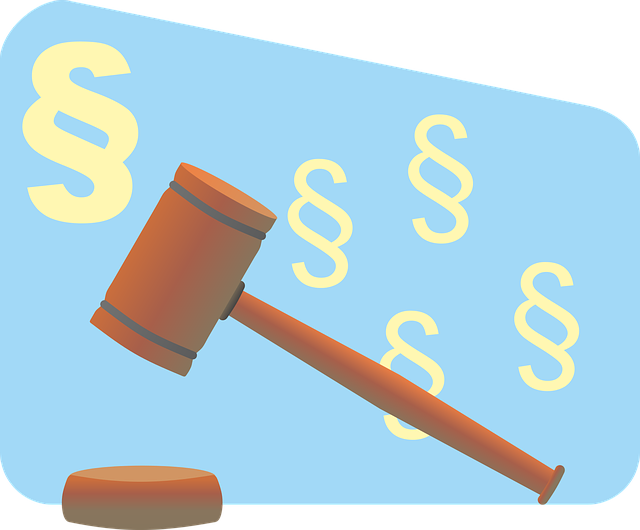After a contract breach, immediate action is critical for successful litigation risk management. The initial steps involve a thorough review and documentation of all relevant facts and evidence, including gathering contracts, communications, and digital materials. Assess the breach's severity and potential business impact to determine strategy (negotiation, mediation, or lawsuit). Leverage a proven track record in defense verdicts, preserving evidence, organizing documents chronologically, and consulting legal experts for effective navigation of complex situations.
“Litigation Risk Management: Navigating Contract Breaches and Minimizing Future Risks
Even the most meticulously drafted agreements can fall victim to unforeseen circumstances, leading to contract breaches. This article equips businesses with essential tools for managing litigation risks effectively. We delve into critical steps to take immediately after a breach, such as assessing damage and preserving evidence. Additionally, we explore strategies for successful dispute resolution, including choosing the right legal team and understanding jurisdiction. Finally, learn post-litigation strategies like improved contract drafting and robust risk management protocols to mitigate future risks.”
- Assessing the Contract Breach: Immediate Actions
- – Identifying the breach and its impact
- – Preserving evidence and documenting the timeline
Assessing the Contract Breach: Immediate Actions

After a contract breach occurs, taking immediate action is crucial for effective litigation risk management. The first steps to take include thoroughly reviewing and documenting all relevant facts and evidence related to the breach. This involves gathering communications, contracts, and any other materials that support your case. Additionally, preserving digital evidence, such as emails or social media posts, is essential to bolster your argument.
Next, assess the severity of the breach and its potential impact on your business. Determine if the breach is a minor infraction or a significant violation that could lead to substantial financial losses or reputational damage. This evaluation will help guide your strategy for resolving the issue—whether through negotiation, mediation, or filing a lawsuit. Remember, an unprecedented track record in winning challenging defense verdicts can be advantageous in navigating these complex situations.
– Identifying the breach and its impact

After a contract breach occurs, the first crucial step is to identify both the nature of the breach and its immediate impact on your organization. This involves a thorough review of the contract terms and conditions, as well as an assessment of the financial and operational consequences. Understanding these elements is vital for mounting an effective defense or negotiating a resolution.
The steps to take after a contract breach can vary widely depending on the severity and context of the issue. However, some common actions include gathering relevant documentation, preserving evidence, and consulting with legal experts. For high-stakes cases, where the breach could lead to significant legal repercussions or financial losses, it’s essential to act swiftly. Leveraging an unprecedented track record of successful litigation risk management can provide valuable insights into navigating these complex situations effectively.
– Preserving evidence and documenting the timeline

After a contract breach, preserving evidence and documenting the timeline are crucial steps to take. It’s essential to gather all relevant documents, communications, and records that detail the agreement, its breach, and any subsequent damages. This includes contracts, emails, text messages, financial records, and witness statements. Organize this evidence meticulously, as it will serve as a robust foundation for your legal defense or claim.
Documenting the timeline involves recording every interaction and significant event leading up to and following the breach. Create a chronological log of key dates, including when the contract was signed, when the breach occurred, and any attempts at resolution. This detailed record helps in demonstrating the respective business’s efforts to mitigate damages and can significantly impact the outcome of jury trials or alternative dispute resolution processes, ultimately aiming for achieving extraordinary results.
Effective litigation risk management begins with understanding the significance of immediate actions after a contract breach. By swiftly identifying the breach, preserving relevant evidence, and meticulously documenting the timeline, organizations can significantly mitigate potential legal repercussions. Adhering to these essential steps—from assessing the breach to gathering comprehensive documentation—is crucial for navigating the complexities of contract disputes and ensuring a stronger legal defense.






